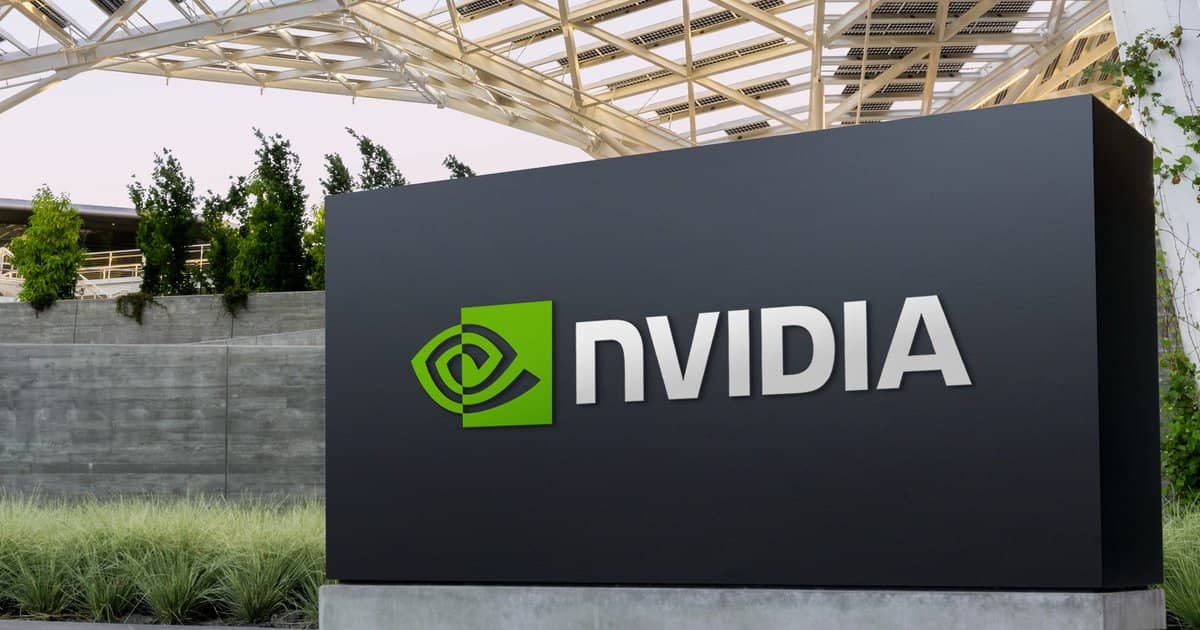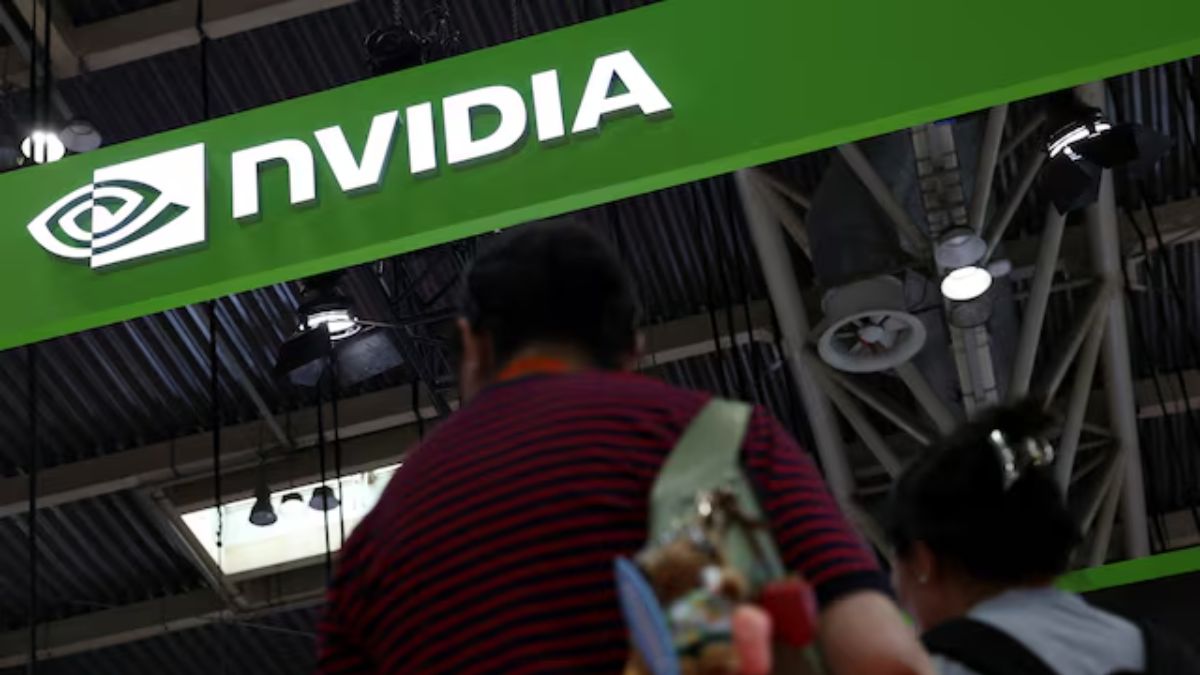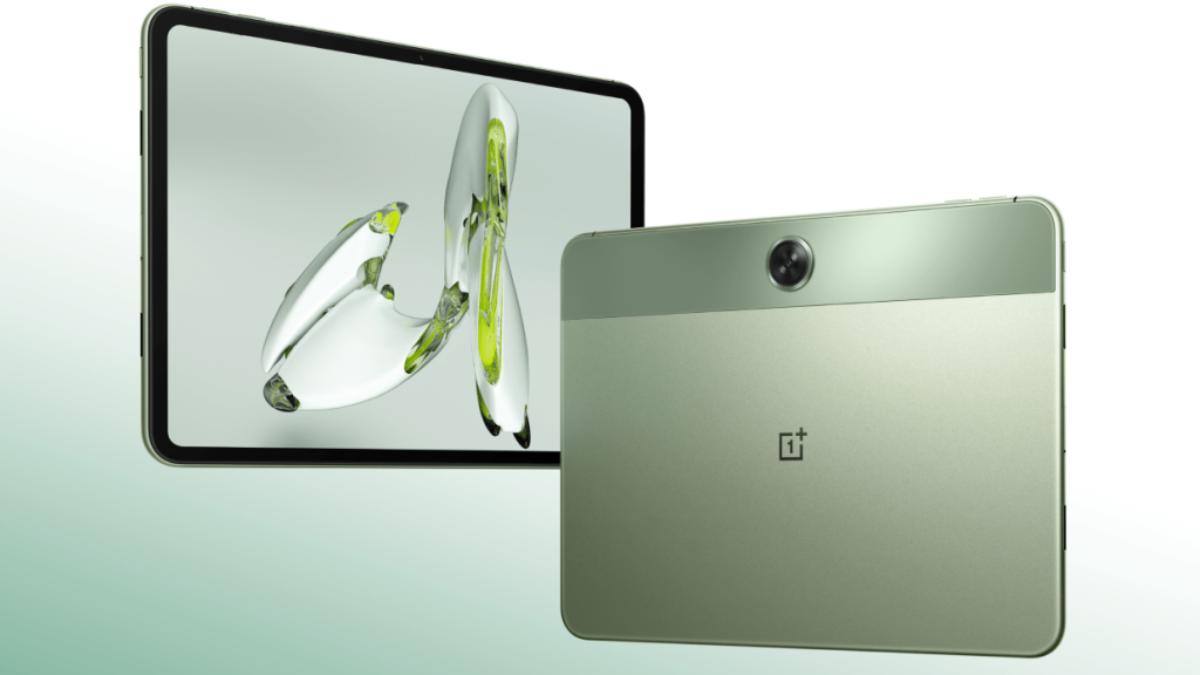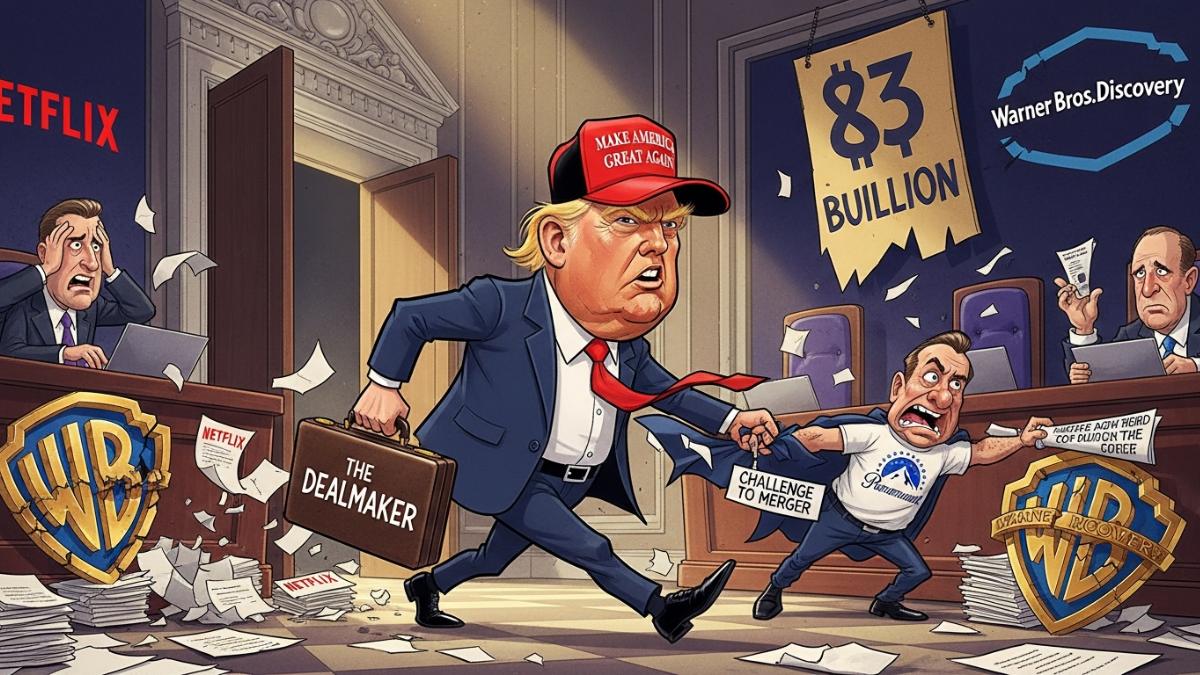Nvidia (NVDA) stock is down nearly 19% this year, and investors are split on whether this is a good time to buy or sit out. Despite strong long-term potential, Nvidia faces short-term challenges that make the stock less attractive for quick gains.
The dip has brought Nvidia below its 200-day moving average, with the stock trading at $113, compared to the average of $125. While its 14-day volatility is stable at 53%, investors remain cautious in a shaky market.
Nvidia’s business fundamentals remain strong. The company saw 12% revenue growth last quarter, and its operating margin is 62.4%, far above the industry average of 5.8%. Most of its revenue still comes from data centers, which are expected to keep growing.
Looking ahead, analysts expect Nvidia to increase its earnings per share (EPS) by 35.2% annually over the next 3–5 years. Based on this, Nvidia’s PEG ratio is just 0.2, a figure that normally signals the stock is undervalued.
But not everything is positive. Tensions between the U.S. and China could threaten Nvidia’s global business. Growth estimates for future years have already been cut by up to 4%, adding to the uncertainty.
Most analysts still believe in the stock’s long-term upside, with 34 of 40 rating it a Buy and an average price target of $164.35—offering over 40% upside from current levels.
Experts suggest investors track key signals, such as the 200-day average and volatility. When volatility rises above 70%, Nvidia stock tends to perform poorly in the short term. For now, the lower volatility means less panic, but with the price below its trendline, caution may be wise.
In summary, Nvidia still looks strong long-term, but short-term buyers should be careful. The stock may look cheap, but that depends on whether Nvidia can maintain high growth in a tougher global environment.













